162: 3 Places to Talk About Sustainability in Your Marketing | Marketing Tip Monday
"In North America, and the U.S. particularly, sustainability has grown from a nice-to-have to a key trigger for consumers," according to Food Business News.
Welcome to Marketing Tip Monday with SIP Certified. We know customers are looking for wines labeled as sustainable. While our longer-form episodes help you learn about the latest science and research for the wine industry, these twice-monthly micro podcasts will help you share your dedication to sustainable winegrowing so you can show your customers that you share their values.
Today we share three places where you can create a story narrative around your sustainable practices to drive sales.
1. Online
Consumers are increasingly using the internet and social media to find and share their favorite brands. So, bolster up your website like these two brands.
Castoro Cellars has a dedicated page on their website complete with a video showcasing their solar arrays, an image of their recent environmental award, and an explanation on what sustainable agriculture is.
Another great example is the Farming for the Future blog post by Pisoni Vineyards. This article includes beautiful photography of their insectary, the tools they use to reduce water, and how they care for their team by providing competitive wages, health insurance, and excellent training.
Your website is the perfect place to showcase the sustainable practices that you use. Talk with your farmer, winemaker, owner, and the whole team to gather up stories that are specific to your brand. Pair them with nice photography to give your customers a peek behind the scenes of your great wine. If you are SIP Certified, you can also include the logo on your website with a link to the SIP Certified website to encourage shoppers to learn more about your practices and the requirements for certification.
2. Off-Premise
You can also showcase your sustainability off-premise. These channels include any place your wine can be seen outside of your winery or tasting room.
With so many consumers purchasing from physical retail outlets and online stores, it's clear that promoting your message of sustainability on your physical product or at the store shelf is vital. Work with retailers to set up a sustainable wine section or to add shelf hangers with information on sustainability below your bottles. Of course, if you are SIP Certified you can include the logo on your wine label as well.
Food and Beverage Insights reports third-party certification is increasingly important with consumers; “The idea of 'responsible consumerism' is growing as Americans are turning their dollars toward companies and brands that are backed by a commitment to bettering the planet for generations to come.”
3. Staff Training
Don’t forget to train your team. Your customer-facing staff are the front lines for consumer education.
Training them to speak about your sustainable actions is easy! We offer a free online training course that anyone can complete to brush up on all things sustainability. It even includes a fun quiz to test your knowledge.
If you love these episodes, they are another great way for your team to learn about effective ways to incorporate the message of sustainability into everyday customer-facing conversations. If you did not know, we also offer these in a newsletter format so you can sign up to get marketing tips delivered right to your inbox twice a month.
If you want to learn more about how storytelling can help you sell more wine, check out our interview with Kathy Kelley of Penn State University. She explains how understanding why people drink wine allows you to use their attitudes and behaviors to improve your marketing to keep your customers coming back.
Check out the show notes for a link to the interview with Kathy Kelley, links to this article, research on consumer purchasing preferences, to download the seasons of sustainability PDF, and sign up for our biweekly Marketing Tips newsletter. Until next time, this is Sustainable Winegrowing with the Vineyard Team.
References:
- **SIP Smart Training online course
- 161: Use Storytelling to Sell More Wine
- Cover crops make vineyards more sustainable; strategy can be marketing tool
- Kathy Kelley
- Identifying wine consumers interested in environmentally sustainable production practices
- Marketing Tips eNewsletter
- Penn State Extension Wine Business Management and Marketing
- Seasons of Sustainability
- SIP Certified
- What Sustainability Means to Consumers by Morning Consult
- Wine consumers’ willingness to adopt environmentally friendly packaging practices at tasting rooms: An ECHAID analysis

